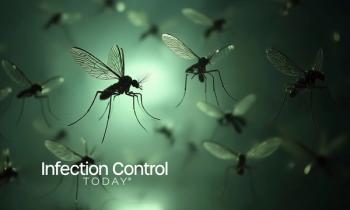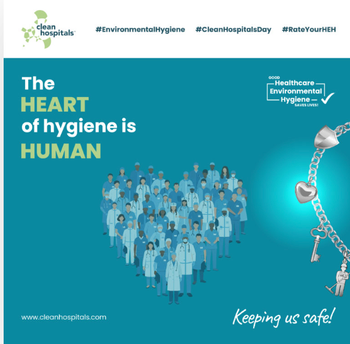
New NA Inhibitor Offers Long-Lasting Protection Against Influenza Virus
A recent study suggests that a derivative of a new potent neuraminidase (NA) inhibitor offers long-lasting protection against various strains of influenza viruses A and B, including the avian influenza subtype N1 and current drug-resistant strains. The researchers from Daiichi Sankyo Co. Ltd., Tokyo, Japan report their findings in the January 2009 issue of the journal Antimicrobial Agents and Chemotherapy.
Influenza is a serious respiratory illness caused by influenza A and B viruses and is highly contagious among humans. Approximately 3.5 million cases of severe illness and between 300,000 and 500,000 deaths are attributed to influenza outbreaks each year. Current antiviral drugs available include two NA inhibitors zanamivir and oseltamivir, both of which require twice-daily administration. In addition, oseltamivir (the predominant choice for treatment) has reached such high levels of circulation that drug-resistant mutations are emerging emphasizing the need for a new potent and lasting treatment option.
NA inhibitors bind to the NA surface protein of new virus particles and prevent their release from the host cell. In the study the newly identified NA inhibitor R-125489 inhibited the NA activities of various influenza type A and B viruses, including subtypes N1 to N9 and oseltamivir-resistant strains. When administered intranasally to mice, the survival rate of R-125489 was similar to that of zanamivir. Further, when compared to R-125489 and zanamivir in the same mouse model, a concentrated form of R-125489, now identified as CS-8958 resulted in a prolonged survival rate after a single dose even when administered seven days before infection.
"It is suggested that intranasally administered CS-8958 works as a long-acting NA inhibitor and shows in vitro efficacy as a result of a single intranasal administration," say the researchers.
Reference: M. Yamashita, T. Tomozawa, M. Kakuta, A. Tokumitsu, H. Nasu, S. Kubo. 2009. CS-8958, a prodrug of the new neuraminidase inhibitor R-125489, shows long-acting anti-influenza virus activity. Antimicrobial Agents and Chemotherapy, 53. 1: 186-192.
Newsletter
Stay prepared and protected with Infection Control Today's newsletter, delivering essential updates, best practices, and expert insights for infection preventionists.





